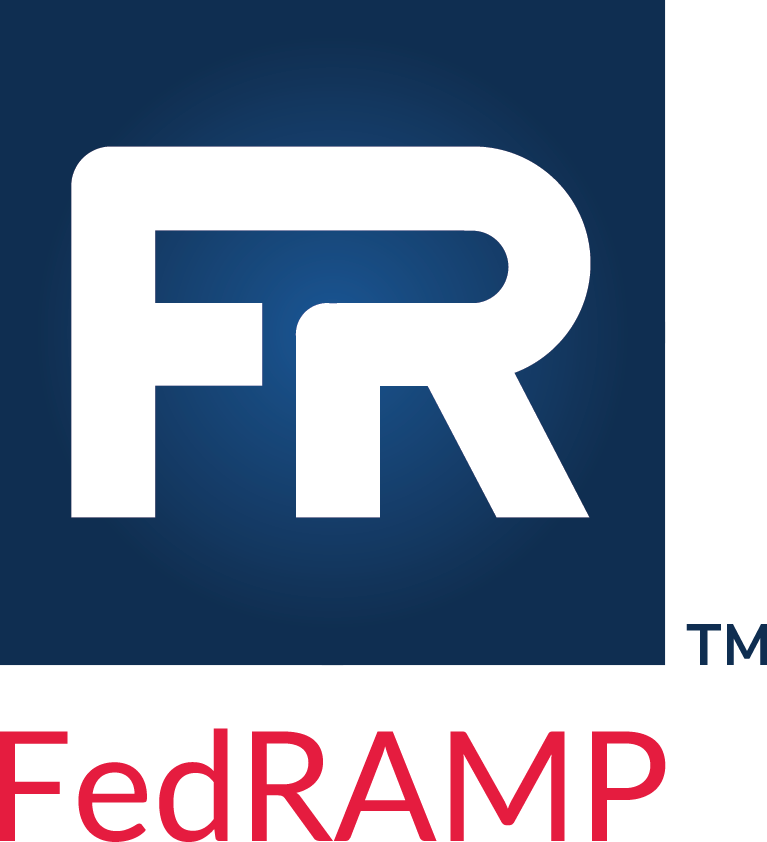FedRAMP Extensions and Accepted Values
The core OSCAL syntax is designed to represent cybersecurity information that is common to any organization and compliance framework. They recognized that each framework and organization may have unique needs. Instead of trying to provide a language that meets each of those unique needs, OSCAL provides organizations the ability to tailor OSCAL to address specific needs.
FedRAMP has tailored OSCAL by specifying:
-
Extensions: allow FedRAMP’s OSCAL-based content to capture information that is not available in the core OSCAL syntax.
-
Accepted Values: For many fields, FedRAMP specifies a case-sensitive set of accepted values. Only these values are recognized by FedRAMP processing tools.
FedRAMP Extensions
There are several pieces of information required in FedRAMP templates that cannot be modeled using the OSCAL core syntax. NIST wanted to limit the core OSCAL syntax to those elements that are universal across most cybersecurity frameworks. They designed OSCAL to be extended where unique needs existed.
http://fedramp.gov/ns/oscal.
NIST allows organizations to extend OSCAL anyplace prop fields or part
assemblies exist in the core syntax. (Please note, there are currently
no part assemblies in the SSP, SAP, SAR, or POA&M.) There are two
fundamental requirements for extending OSCAL:
-
The organization must establish a unique namespace (
ns) identifier, such as (ns="http://domain.tld/ns/oscal"), and use it to consistently tag allpropandpartextensions from that organization. -
The organization is responsible for defining, managing, and communicating all names (
name="scan-type") defined and tagged with the above namespace identifier.
OSCAL’s core prop assemblies have no ns flag. If an ns flag is
present, it is an organization-defined extension. This allows each
industry standards body or organization to create their own extensions
in their own name space without concern for overlapping names. The above
approach ensures two different organizations can create their
own extensions without concern for reusing the same name values.
All FedRAMP extensions must have a namespace (ns) flag set to http://fedramp.gov/ns/oscal.
For example, if the core OSCAL syntax has a status field, but both
FedRAMP and the payment card industry (PCI) require their own
framework-specific status field, each may define an extension with the
name="status" and assign their own ns flag. This results in three
possible status fields as follows:
OSCAL User Representation
|
|
XPath Query
|
|
When searching an OSCAL file for a prop or prop extension that is part of the core OSCAL syntax, developers must filter out any with an ns flag using the syntax above.
FedRAMP Status Representation
|
|
XPath Query
|
|
(Possible) PCI Status Representation
|
|
XPath Query
|
|
This is an example, and is not intended to represent an actual PCI extension.
Tool developers must always refer to extensions using both the name
and ns flags as a pair.
All FedRAMP extensions will appear as:
|
|
NOTE: The catalog and profile OSCAL models also allow the part
assembly to be used for extensions. This is not currently the case for
the OSCAL SSP, SAP, SAR, or POA&M.
FedRAMP extensions are cited in relevant portions of this document and summarized in the FedRAMP OSCAL Registry.
FedRAMP Conformity Tagging
FedRAMP collaborated with NIST to address the ambiguities in OSCAL syntax necessitating conformity tags.
OSCAL and FedRAMP-Defined Identifiers and Accepted Values
OSCAL now defines allowed values in a way that supersedes FedRAMP’s separate handling of defined identifiers and accepted values. To better align with OSCAL, FedRAMP has also shifted to this approach. Further, many FedRAMP defined values are now recognized by OSCAL as part of the core OSCAL syntax.
Any remaining defined identifiers or accepted values are enumerated in the FedRAMP OSCAL registry as allowed values.
OSCAL and FedRAMP Allowed Values
To facilitate consistent processing, the value for property names, annotation names, and some field values is limited to a list of case-sensitive allowed values. In many instances, OSCAL defines allowed values, which are enforced by OSCAL-based syntax validation mechanisms.
In some cases, FedRAMP defines or adds allowed values specific to FedRAMP ATO processing. Where defined, only these values are recognized by FedRAMP processing tools.
For example, every control requires an implementation status. FedRAMP only accepts one of five possible responses for this status, which must be provided using one of the specified choices.
FedRAMP allowed values are cited in relevant portions of each guidebook and summarized in the FedRAMP OSCAL Registry.
Revised FedRAMP Registry Approach
The FedRAMP OSCAL Registry currently uses the draft OSCAL Extensions syntax and is offered in XML and JSON formats. This enables tools to be extension-aware.
FedRAMP is actively working on implementing a Metaschema-based approach to document all FedRAMP OSCAL extensions and constraints. The FedRAMP OSCAL extensions and constraints will be provided in XML, JSON, and YAML formats, and will replace the current FedRAMP Registry. FedRAMP also plans to provide a human-readable version of its OSCAL extensions and constraints in the future.


